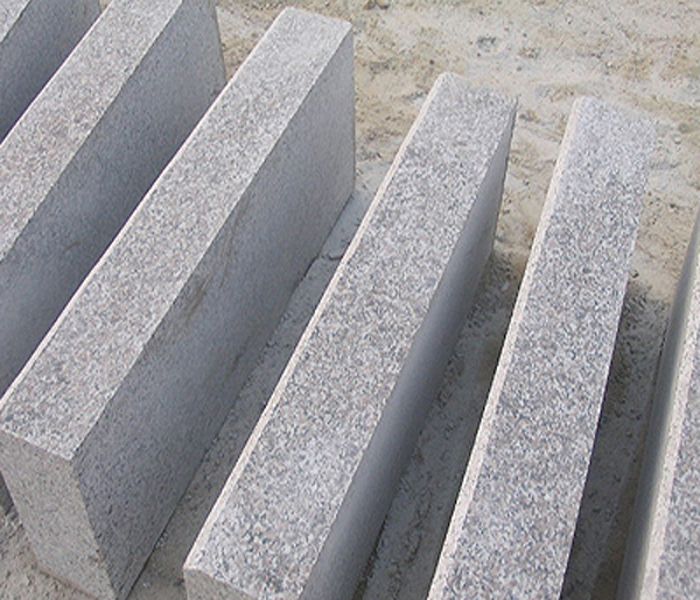Transporting Slate Cultured Stone safely is of utmost importance for a supplier like me. Slate Cultured Stone, available at Slate Cultured Stone, is a popular choice for various landscaping and construction projects due to its aesthetic appeal and durability. In this blog, I will share some key strategies and considerations to ensure the safe transportation of this valuable product.
Pre - Transport Preparation
Before the actual transportation process begins, thorough preparation is essential. First and foremost, we need to assess the quantity and size of the Slate Cultured Stone to be transported. This helps in determining the appropriate type and size of the transportation vehicle. For smaller quantities, a light - duty truck or van might be sufficient, while larger orders may require a flatbed trailer or a specialized stone - transporting truck.
Proper packaging is another crucial aspect of pre - transport preparation. Each piece of Slate Cultured Stone should be individually wrapped in a soft, protective material such as bubble wrap or foam padding. This helps to prevent scratches and chips during transit. The wrapped stones are then grouped and placed in sturdy crates or pallets. These crates should be well - constructed and designed to withstand the rigors of transportation. They should also be labeled clearly with information such as the type of stone, quantity, and destination.
We also need to conduct a quality check on the stones before packing them. Any damaged or defective stones should be removed from the shipment to avoid further issues during transportation. This not only ensures that the customer receives high - quality products but also reduces the risk of damage to other stones in the crate.
Loading the Stones
Loading the Slate Cultured Stone onto the transportation vehicle requires careful planning and execution. The stones should be loaded in an organized manner to ensure stability during transit. For example, heavier stones should be placed at the bottom of the crate or on the lower levels of the pallet to provide a stable base. Lighter stones can then be stacked on top.
When loading the crates or pallets onto the vehicle, it is important to use proper lifting equipment such as forklifts or pallet jacks. This helps to prevent manual handling injuries and ensures that the stones are loaded safely. The crates should be secured firmly on the vehicle to prevent them from shifting during transit. Straps, ropes, or other securing devices can be used to hold the crates in place.
It is also advisable to leave some space between the crates to allow for air circulation. This helps to prevent moisture buildup, which can cause damage to the stones over time. Additionally, the loading process should be supervised by an experienced personnel to ensure that all safety procedures are followed.
Choosing the Right Transportation Route
Selecting the appropriate transportation route is a critical factor in ensuring the safe delivery of Slate Cultured Stone. We should avoid routes with rough roads, potholes, or areas prone to heavy traffic congestion. Rough roads can cause excessive vibrations, which may lead to damage to the stones. Heavy traffic can increase the risk of accidents and also prolong the transit time, exposing the stones to more potential hazards.
We can use mapping and routing software to plan the most efficient and safe route. These tools can provide real - time traffic information and help us avoid areas with adverse road conditions. Additionally, we should consider the weather conditions along the route. For example, if there is a high probability of rain or snow, we may need to take extra precautions to protect the stones from moisture.
In - Transit Monitoring
During the transportation process, it is important to monitor the shipment closely. This can be done through various means, such as GPS tracking systems. These systems allow us to track the location of the vehicle in real - time and ensure that it is following the planned route.
We can also install sensors in the crates to monitor factors such as temperature, humidity, and vibration. If any of these factors exceed the acceptable range, an alert can be sent to the transportation team. This allows them to take immediate action to prevent damage to the stones. For example, if the humidity levels are too high, they can adjust the ventilation in the vehicle or take other measures to reduce moisture.
Regular communication with the driver is also essential. The driver should be instructed to report any issues or concerns immediately. This includes things like unexpected road conditions, mechanical problems with the vehicle, or signs of damage to the shipment.
Unloading and Delivery
Once the vehicle reaches its destination, the unloading process should be carried out with the same level of care as the loading process. Again, proper lifting equipment should be used to unload the crates or pallets safely. The stones should be inspected upon arrival to ensure that they are in good condition.
If any damage is found during the inspection, it is important to document it immediately. This includes taking photos of the damaged stones and recording details such as the extent of the damage and the location within the crate. This documentation can be used for insurance claims and to resolve any disputes with the customer.
The stones should then be delivered to the customer's specified location in a timely manner. We should ensure that the customer is satisfied with the delivery and provide them with any necessary after - sales support.


Additional Considerations
In addition to the above steps, there are some other factors that we need to consider when transporting Slate Cultured Stone. For example, we should have appropriate insurance coverage for the shipment. This provides financial protection in case of any unforeseen events such as accidents, theft, or damage during transportation.
We also need to comply with all relevant transportation regulations and standards. This includes regulations related to vehicle safety, weight limits, and the transportation of construction materials. Failure to comply with these regulations can result in fines and other penalties, as well as potential damage to our reputation.
Furthermore, we can offer our customers additional services such as installation guidance or maintenance tips. This not only adds value to our products but also helps to build long - term relationships with our customers.
Conclusion
Transporting Slate Cultured Stone safely requires a comprehensive approach that includes pre - transport preparation, careful loading, route selection, in - transit monitoring, and proper unloading and delivery. By following these steps and considering the additional factors, we can ensure that our customers receive high - quality stones in good condition.
If you are interested in purchasing our Slate Cultured Stone, or other related products such as Natural Grey/Black/Red/Yellow Granite Garden/Cobble/ Cube/Flag/Kerb/Blind/Fan Shape/Paving Stones for Landscaping and Garden wall marble landscape fountains landscaping stones, please feel free to contact us for more information and to discuss your specific requirements. We look forward to working with you on your next project.
References
- Construction Materials Transportation Handbook
- Safety Guidelines for the Transportation of Natural Stones





